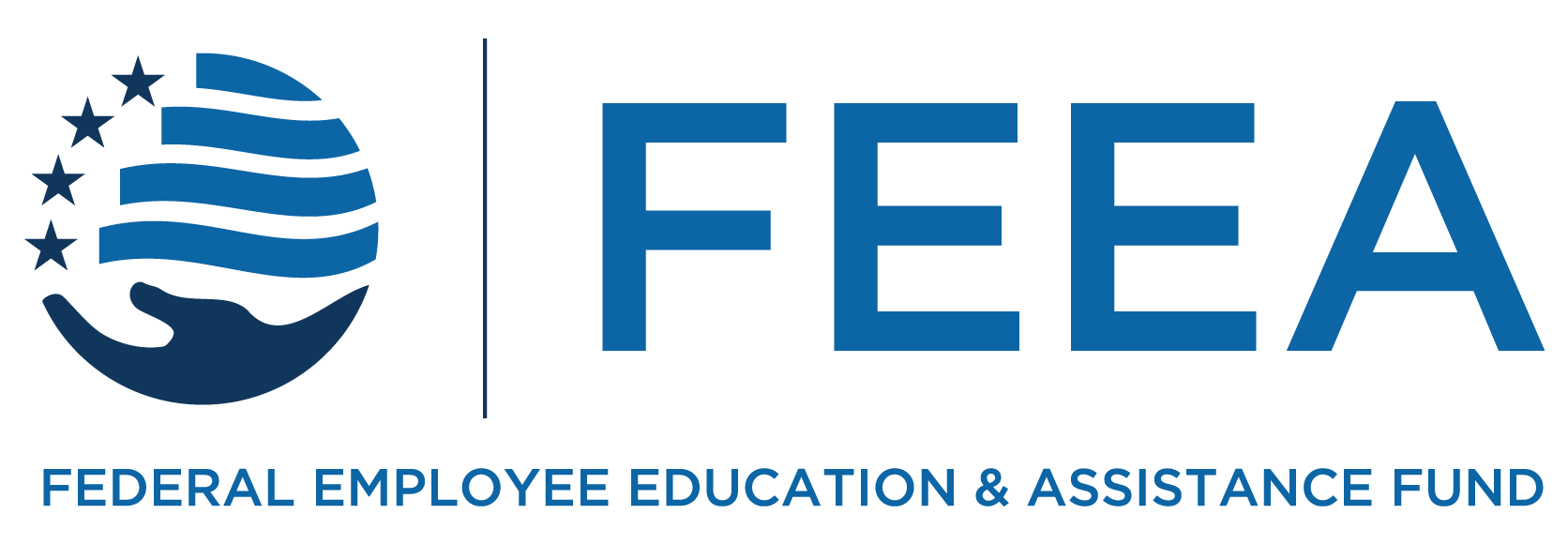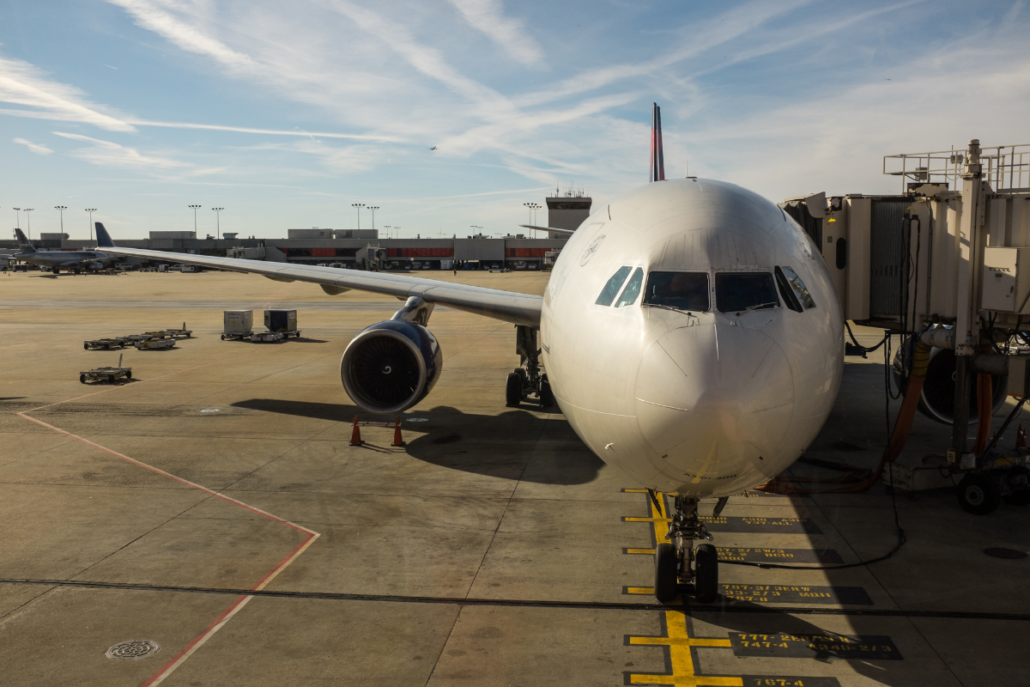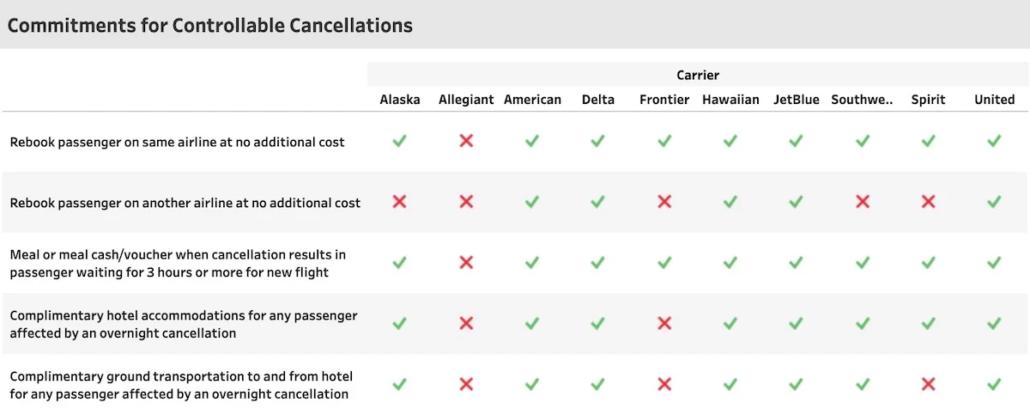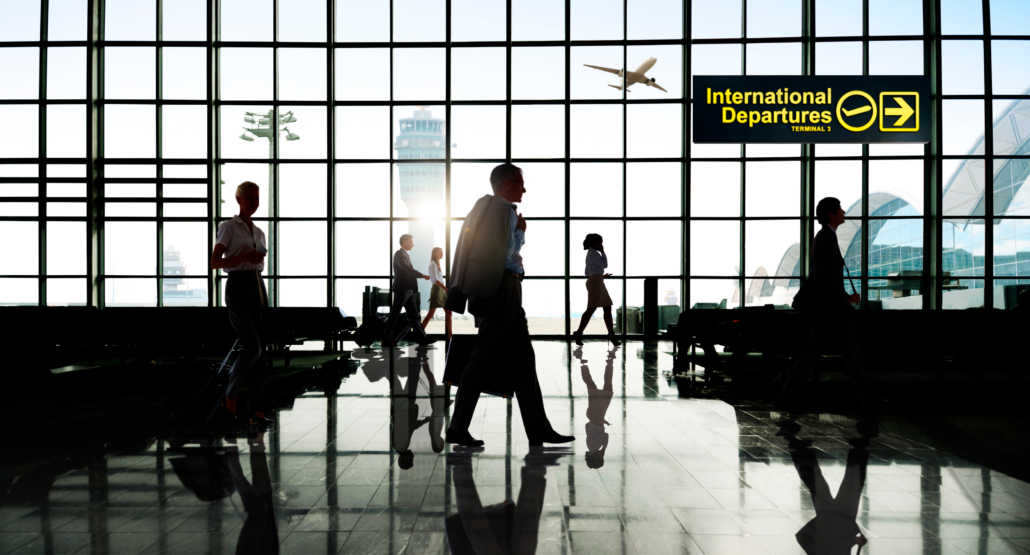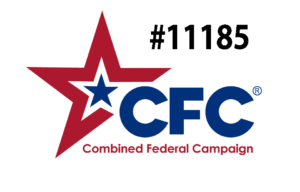A flight delay or cancelation can not only be a headache, but a financial drain. We asked the experts for the their tips on what to do when your flight gets canceled.
Over the holidays, as Southwest Airlines struggled to restore its network following a wave of brutal winter weather across the country, hundreds of thousands of the airline’s passengers found themselves stranded during the busy holiday rush.
With the airline canceling upwards of 10,000 flights over the winter holiday, crews out of place, and other airlines booked to capacity, few options remained for passengers left figuring out what to do when your flight gets canceled.
The network disruption over the holidays is not an issue isolated to Southwest, most airlines at one time or another have experienced disruptions to their networks that have affected tens of thousands of passengers.
Last week, on a call with analysts and reporters, United Airlines CEO Scott Kirby remarked that the industry is setting “unachievable” capacity goals for 2023 that they won’t be able to achieve.
“The system simply can’t handle the volume today, much less the anticipated growth,” said Kirby, adding that “there are a number of airlines who cannot fly their schedules.”
So how can you better prepare and protect yourself when a delay or cancellation affects your flight?
Why does it happen?
When the dominoes begin to fall for an airline, it can easily affect flights across the entire country.
The list of things that can go wrong is seemingly endless. Pilots are only able to fly a single type of aircraft. Crews have a maximum number of duty hours they can work in a day in addition to 12 hours of uninterrupted rest between duty periods. Aircraft can get out of position for their next flight and airports can run out of gate space. Many crews commute to their base city and a delay or cancellation of their flight to work could mean they aren’t there to fly yours.
Add in 1.73 million daily passengers and 5,400 aircraft in the sky at peak operational times and you very well may have the world’s most complex puzzle. The ability for an airline to appropriately respond to issues as they arise is the true test of an airline’s ability to navigate the complexities of the industry.
How do the carriers stack up?
The U.S. Department of Transportation produces a monthly report to assist consumers with information on the quality of service provided by airlines. This includes on-time arrivals, flight cancellations, mishandled baggage, oversales, official consumer complaints, and much more. A flight is counted as “on-time” if it arrives at the gate within 15 minutes of the published scheduled time.
What can I do?
When your flight gets canceled, it can be a frustrating and stressful experience. However, there are a few steps you can take to minimize the inconvenience and get to your destination as quickly as possible.
The system simply can’t handle the volume today, much less the anticipated growth. There are a number of airlines who cannot fly their schedules.
– Scott Kirby, United Airlines CEO
Where does your airline stack up in its customer service commitment?
The U.S. Department of Transportation has created a dashboard to ensure the traveling public has easy access to information about services that U.S. airlines provide to mitigate passenger inconveniences when the cause of a cancellation or delay was due to circumstances within the airline’s control.
Have an issue? Voice your complaint with the U.S. Department of Transportation
Want to make a formal complaint regarding service you received? The U.S. Department of Transportation tracks formal consumer complaints in its Air Travel Consumer Report (ATCR). You can make a formal complaint regarding flight delays or cancelations, overbookings, disability, tarmac delays, baggage, discrimination, refunds, ticketing practices, family seating, etc.
Remember, the most important thing is to stay calm and communicate effectively with the airline staff. Following these steps can help you minimize the inconvenience of a canceled flight and get to your destination as quickly as possible.
MORE FROM FEEA
Subscribe to FEEA’s Newsletter
The information provided in this piece is for your convenience and informational purposes only and not to be construed as professional advice. FEEA and its coauthors and sponsors are not liable for any losses or damages related to actions or failure to act with regard to the content in this piece.
Would you like to reprint this piece in your agency human resource, federal employee association, or union local newsletter? You can do so at no cost by contacting admin@feea.org with your request.
